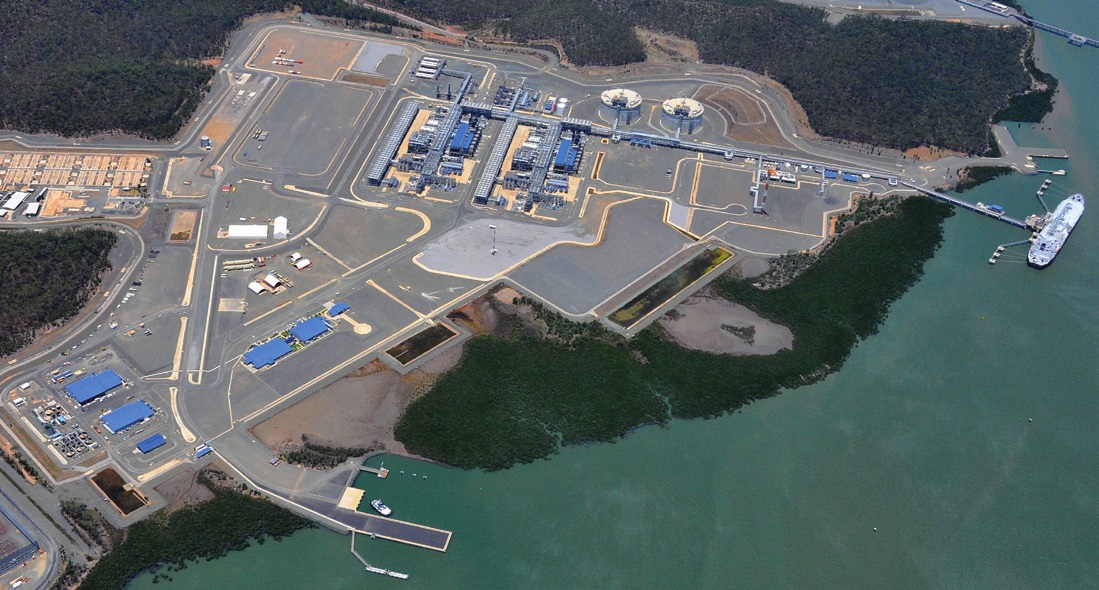LNG exports from the Gladstone port in Australia’s Queensland dropped by about 9.7 percent in October due to lower volumes going to China, South Korea, Malaysia, and Singapore, according to data by Gladstone Ports Corporation.
Last month, about 1.860 million tonnes of LNG or 29 cargoes left the three Gladstone terminals on Curtis Island.
This compares to 2.061 million tonnes or 32 cargoes in October 2021, the data shows.
Compared to the previous month when LNG exports reached some 1.902 million tonnes of LNG or 30 cargoes, October LNG exports dropped by about 2.2 percent.
Most of these October LNG exports or 1.096 million tonnes landed in China, marking a drop of almost 9 percent when compared to 1.203 million tonnes last year.
Besides China, volumes to South Korea dropped to 277,141 tonnes from 348,447 tonnes, while volumes to Malaysia decreased to 122,131 tonnes from 247,602 tonnes, and Singapore volumes also dropped to 57,739 tonnes from 133,607 tonnes.
Gladstone LNG plants sent more LNG to Japan in October or some 307,071 tonnes, the data shows. This compares to 128,845 tonnes in October last year.
Curtis Island is home to the Santos-operated GLNG plant, the ConocoPhillips-led APLNG terminal, and Shell’s QCLNG facility. These are the only LNG export facilities on Australia’s east coast.
Australia recently signed a new heads of agreement with these producers to prevent a gas supply shortfall and secure gas for the domestic market.
The new commitments from the three projects would lead to an extra 157 PJ for the domestic market in 2023.

